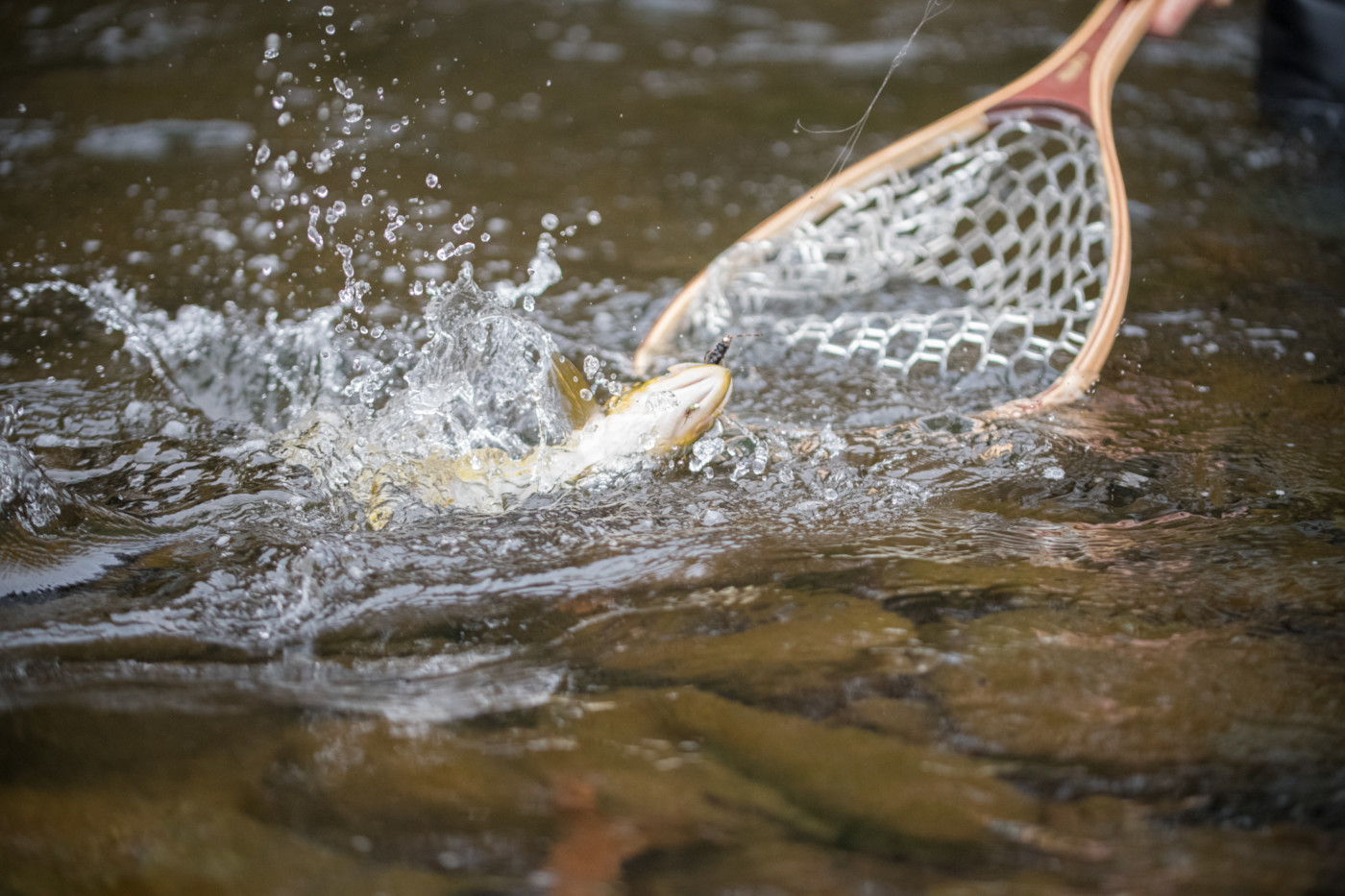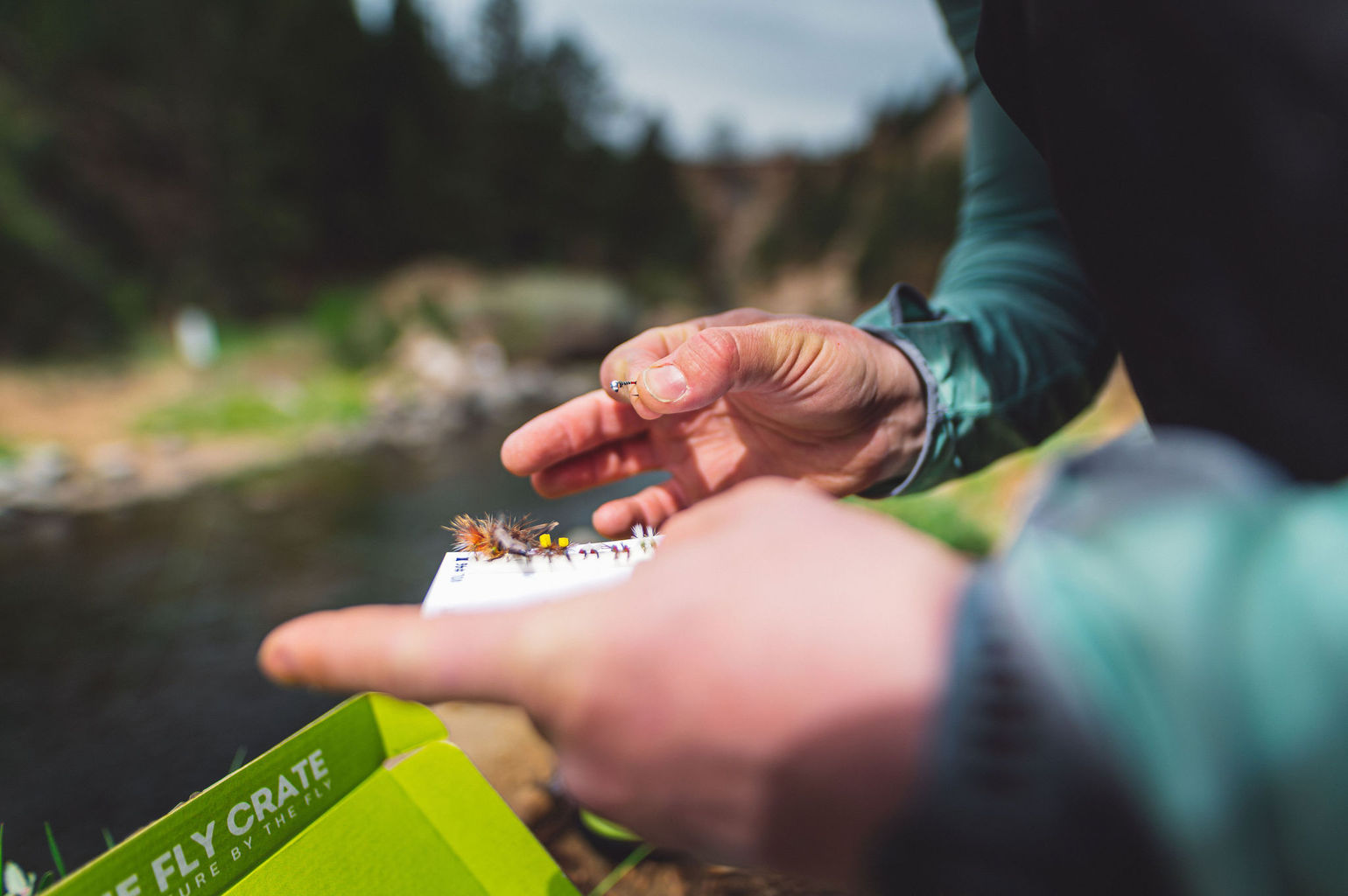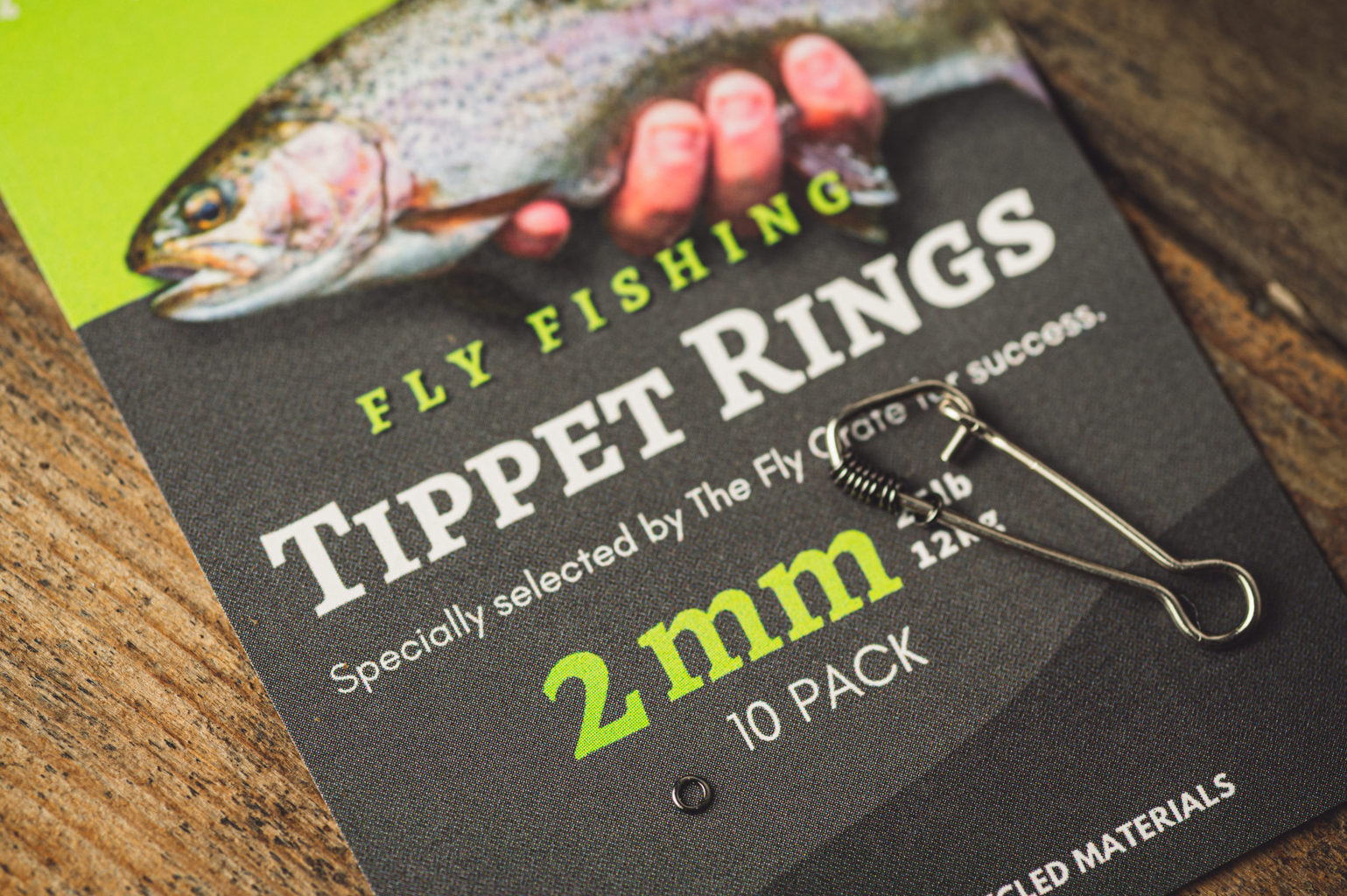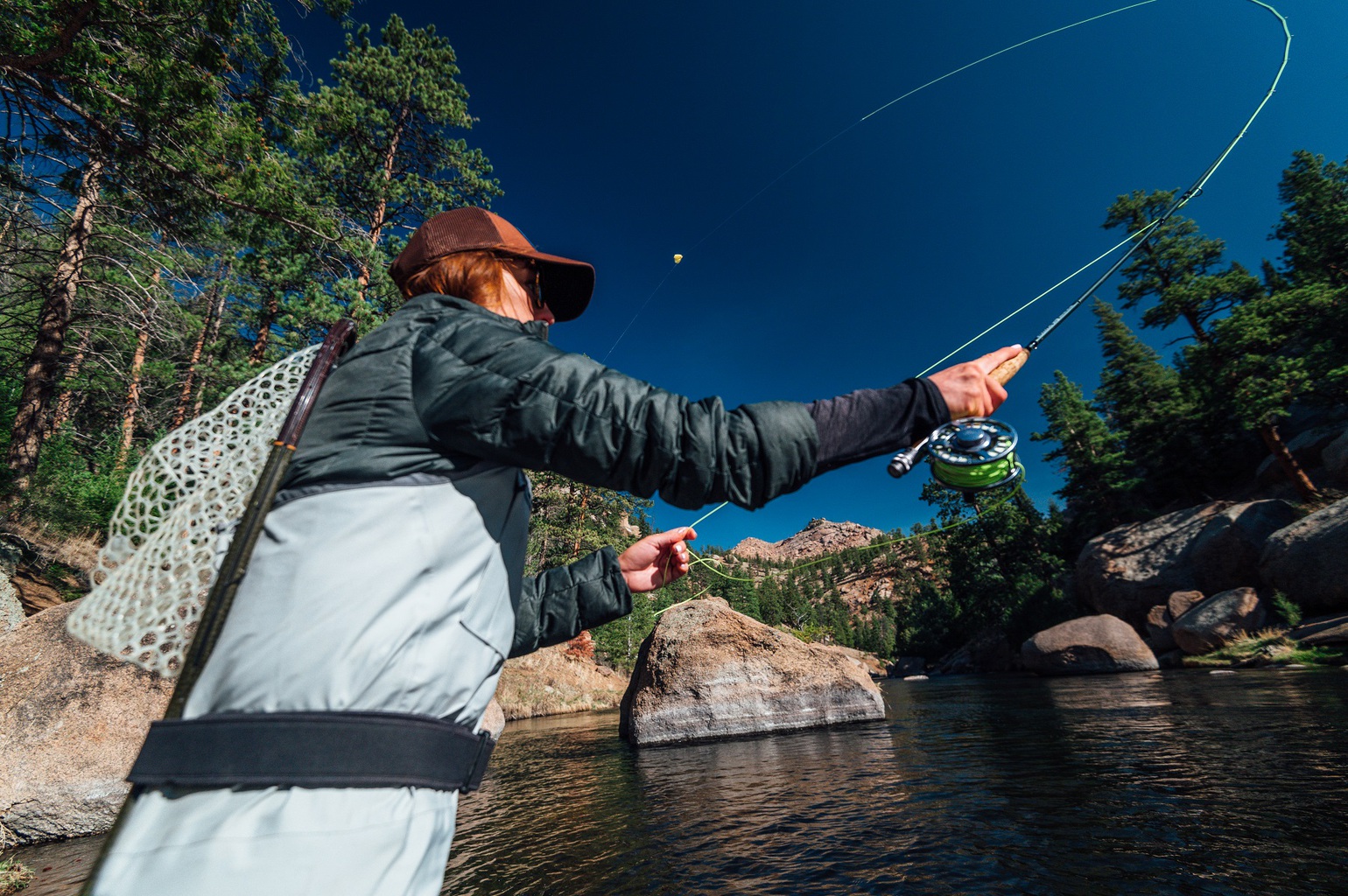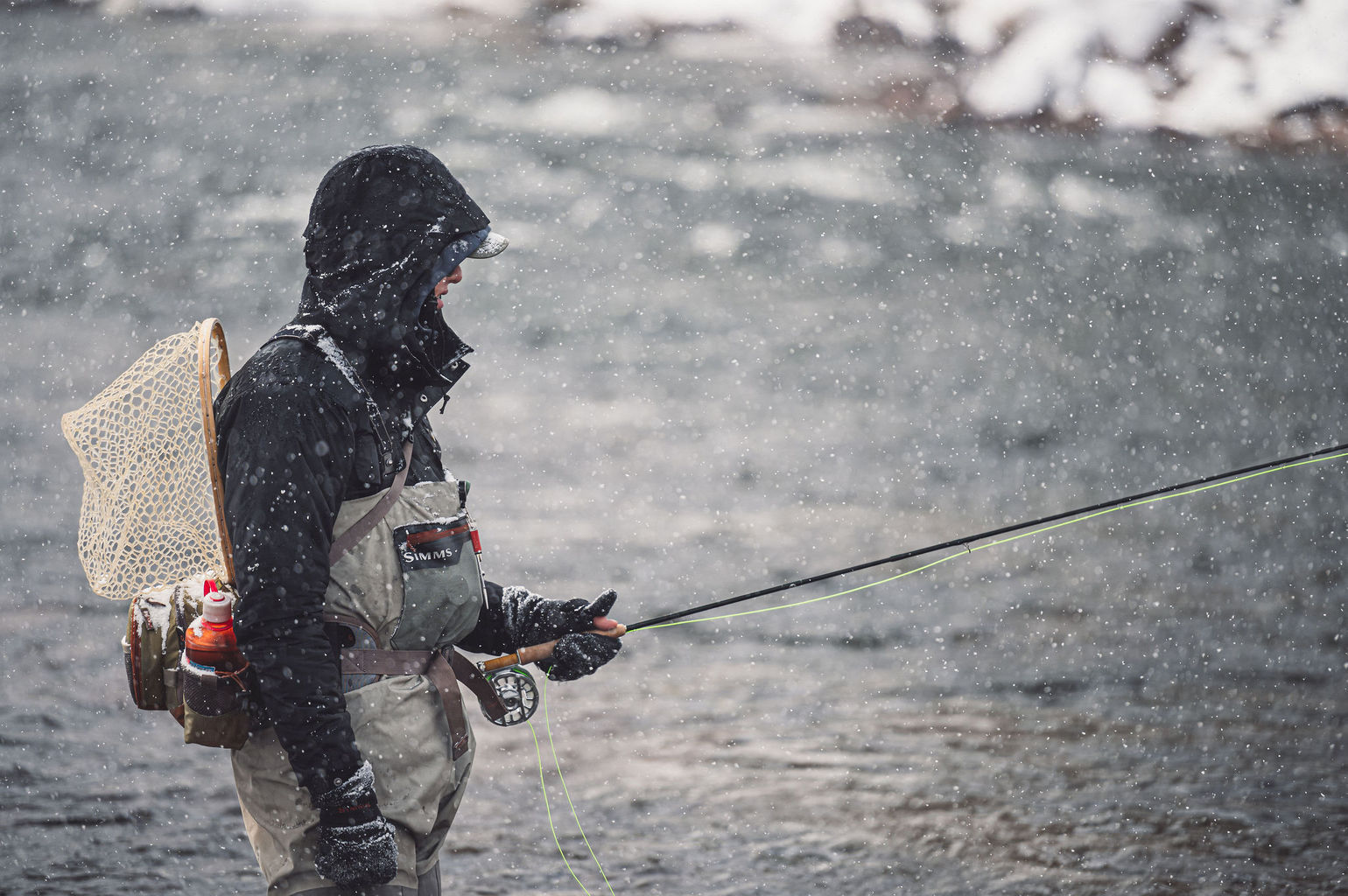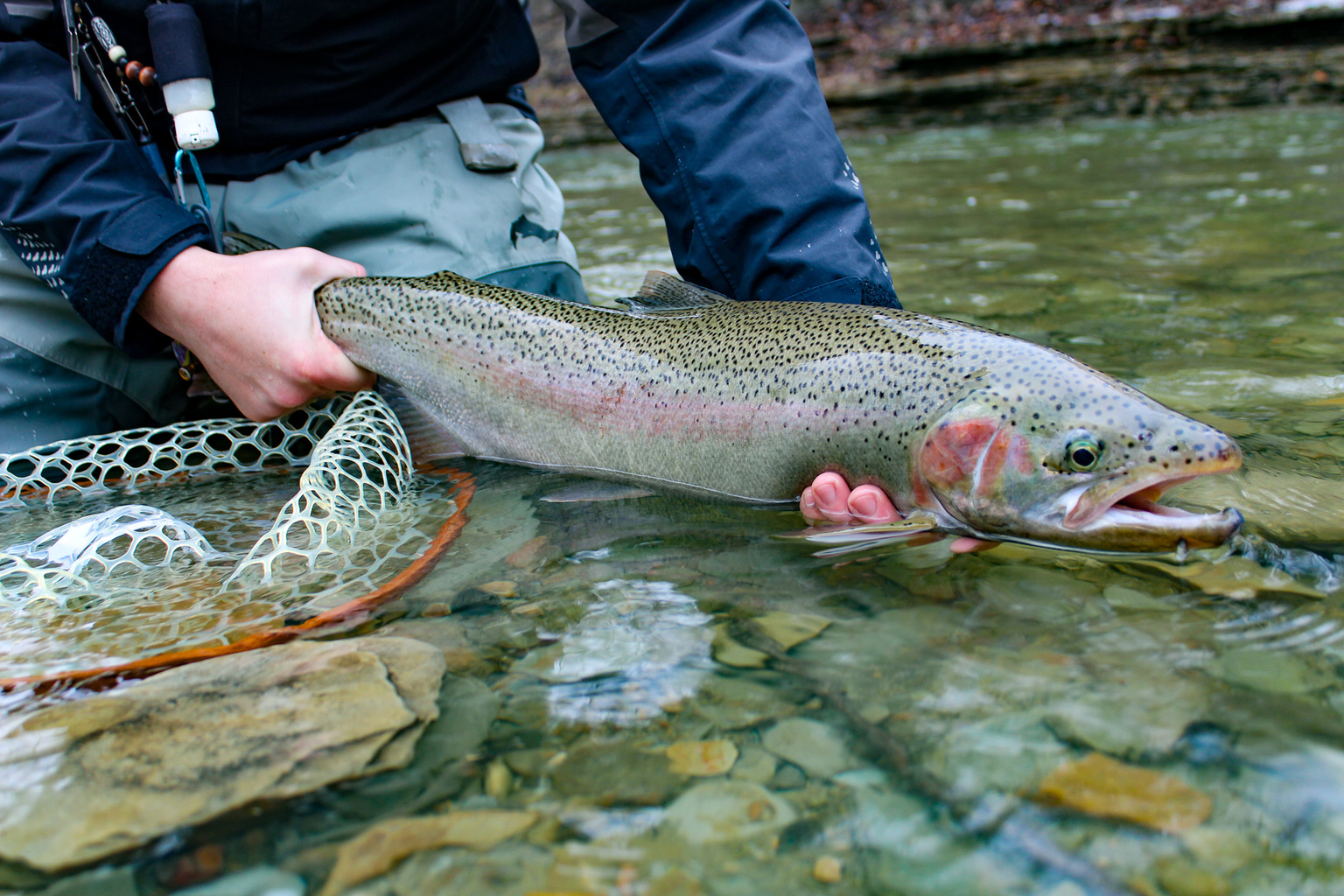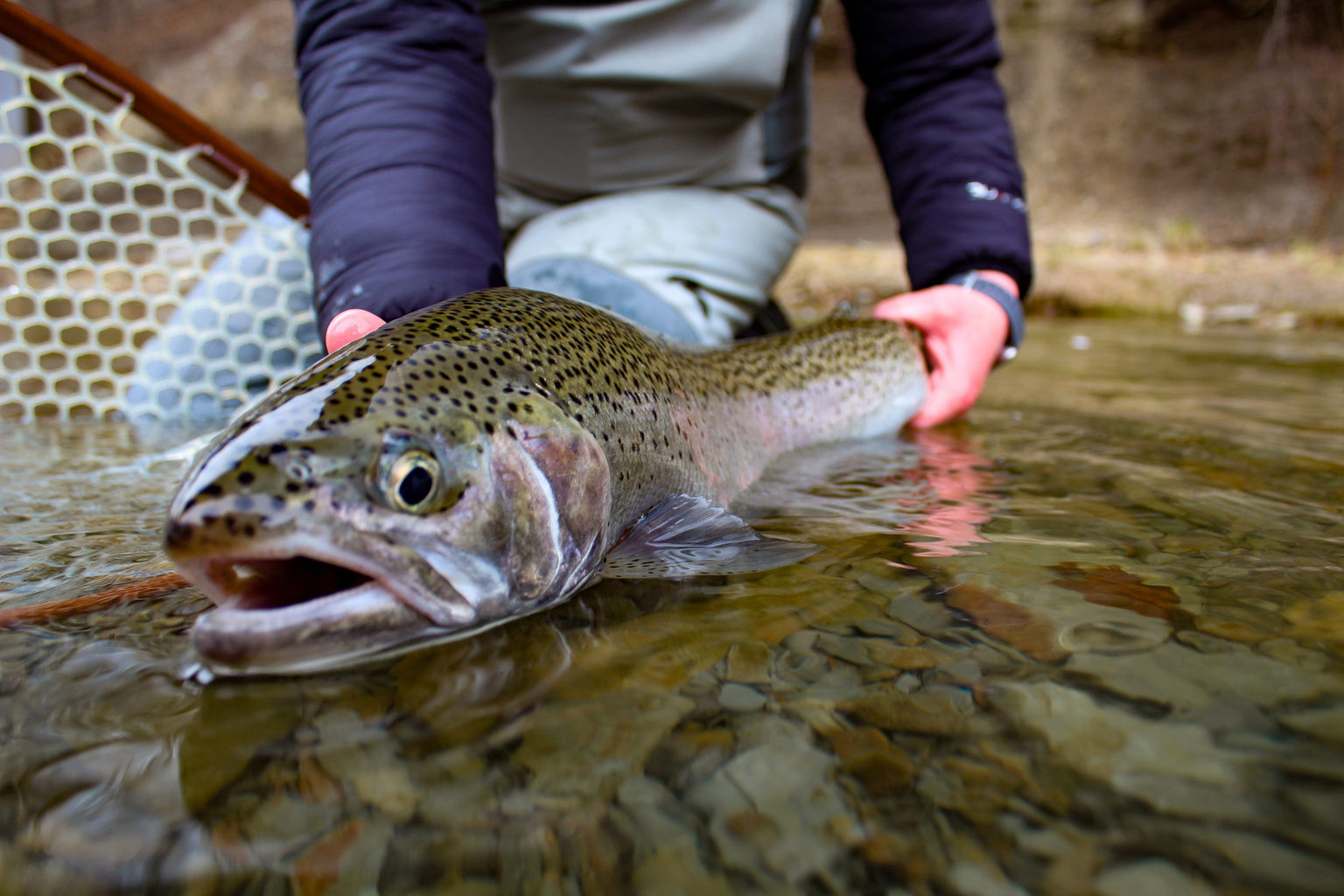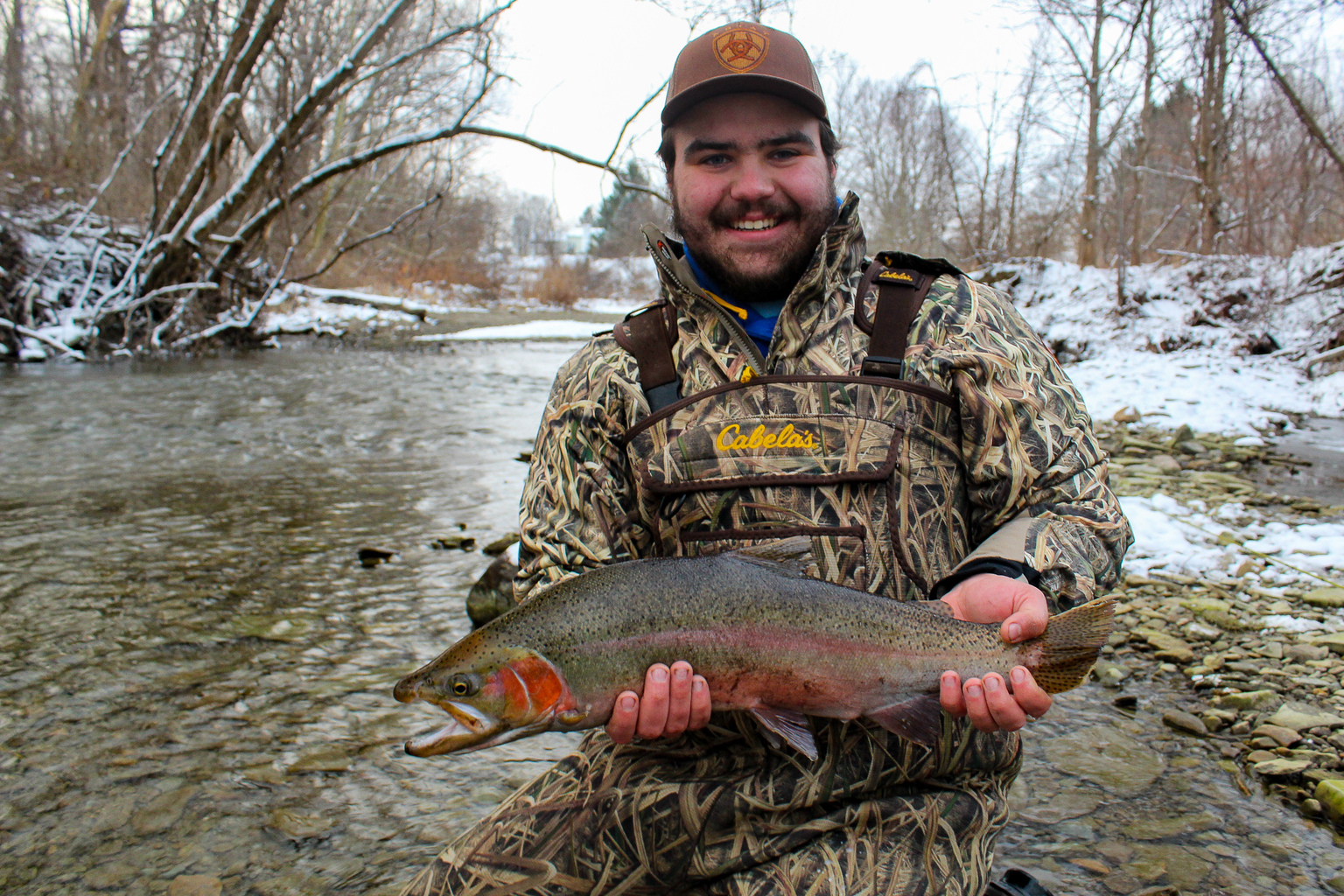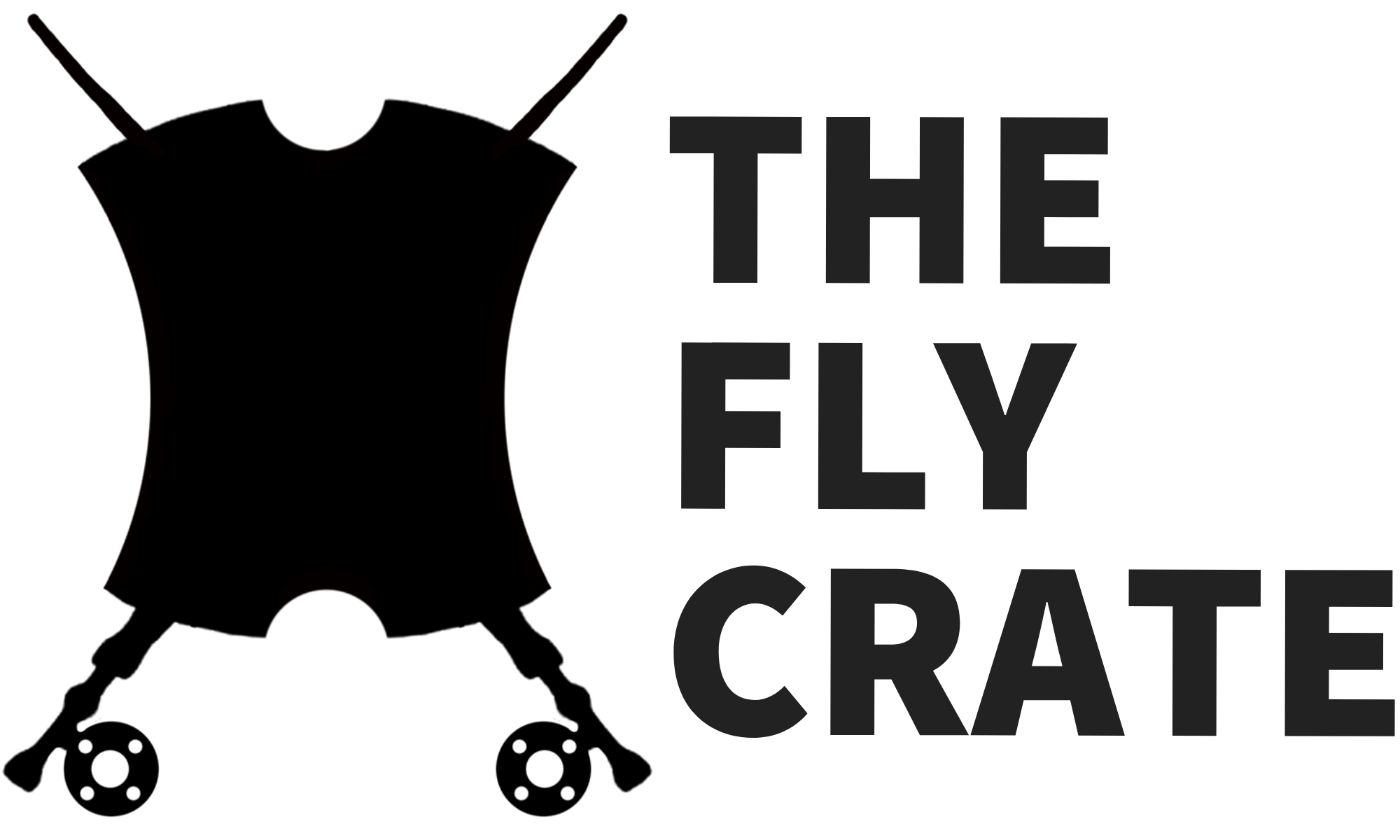6 Flies for Great Lakes Steelhead
Is there anything better than watching a steelhead cartwheel through the air as it violently shakes its head, attempting to toss our flies? It’s scenes like these that ruin other fish for anglers and leave them with an insatiable appetite for the chrome beasts that emerge each fall from the depths...



